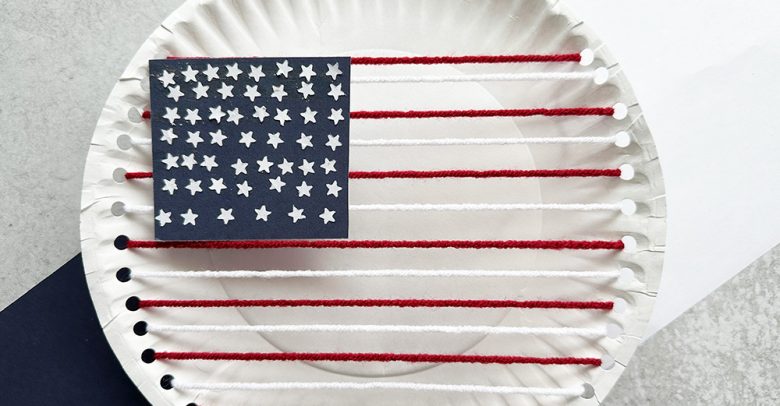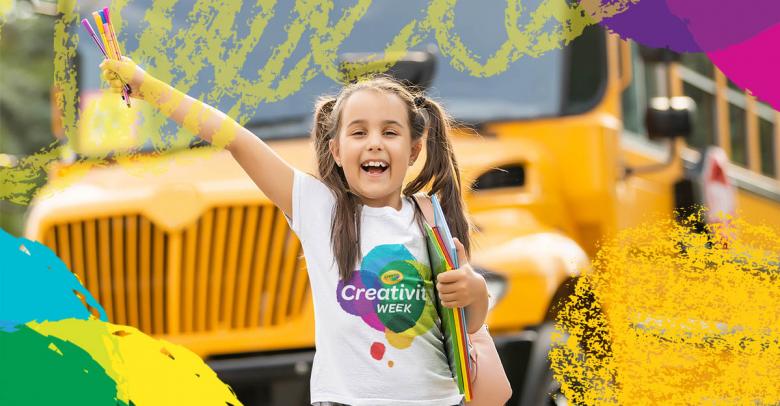Did you know that January is National Thank You Month? It makes sense when you think about it: All those post-holiday thank you notes aren’t going to write themselves! Luckily, some lessons about gratitude can help bridge the gap between winter vacation and school routine to help get kids back in the swing of things when class is in session.
Try these fun lesson ideas to give your students something to be thankful for:
Gracias, Danke, Merci
Introduce National Thank You Month by teaching your students to say “thank you” in another language. Unveiling the Mantra Lingua Thank You Poster is a great way to get started. You can look at the words all at once, or you can add a single new word to your morning meeting for students to practice — by the end of the month they’ll know them all! Learning other languages dovetails nicely into multicultural stories and themes throughout the month as well.
Thank You Note Skills
If you’ve been wondering how to teach that boring letter-writing unit in a way that feels useful instead of hopelessly old fashioned, build your lessons around post-holiday thank you notes. You can teach all of the parts of a formal letter like the header, greeting and signature line while providing your students a template for what to talk about in a thank you note. This writing lesson is a great way to practice your latest grammar and punctuation points, too.
Stamped Stationery
To reward your students for all their hard work writing the perfect thank you note, spend a little time designing personalized stationery to write the final copy on. Use alphabet stamps to monogram the header line of each sheet of paper, or have students draw or paint a design. You could also scan their artwork and print out a small set of four to six thank you notes for them to take home — it’s a great incentive to keep up with their useful new writing skills!
Helpful Tips to Help Kids Remember Good Manners at School and at Home
It’s not always easy to get kids to remember good manners. Check out these tips to help students remember good manners, both at school and when they’re at home.






Leave a Reply